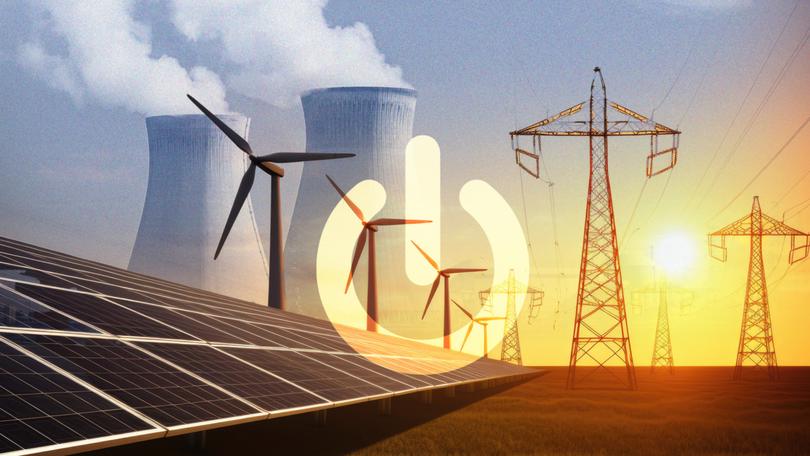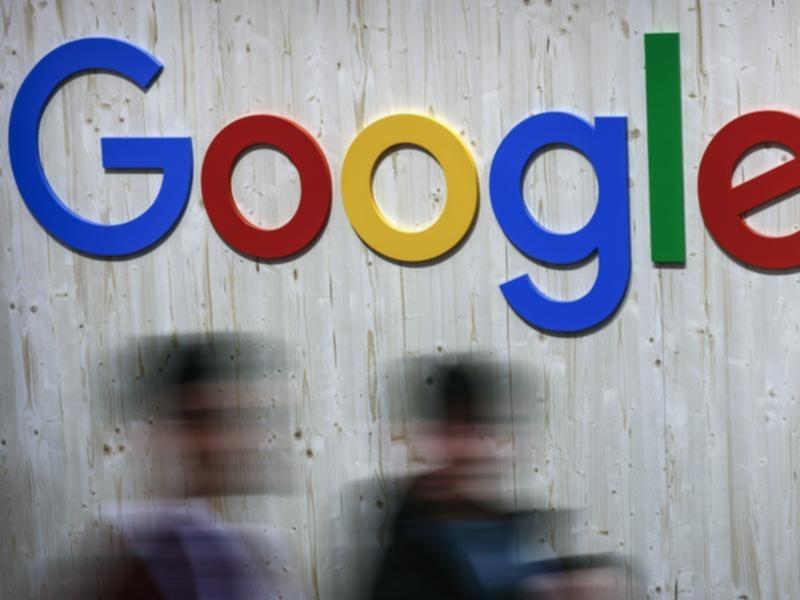THE ECONOMIST: Amazon, Microsoft and Alphabet are caught in a power struggle

Big tech wants more computing power. A lot more.
According to their latest quarterly reports, Alphabet (Google’s corporate parent), Amazon and Microsoft—the world’s cloud-computing giants—collectively invested $US40b ($60.3b) between January and March, most of it in data centres equipped to deal with growing artificial-intelligence workloads.
Last month Meta, which does not have a cloud business but does run a data-hungry social-media empire, said its capital expenditure could reach $40b this year as a result of AI-related projects. That is not far off the $50b that oil colossus Saudi Aramco is planning to splurge. Microsoft is likely to spend more.
Sign up to The Nightly's newsletters.
Get the first look at the digital newspaper, curated daily stories and breaking headlines delivered to your inbox.
By continuing you agree to our Terms and Privacy Policy.The comparison with the famously CapEx-happy energy industry is apt not just because of the sums involved.
AI needs vast amounts of processing power. And that processing power needs vast amounts of electricity. Last Thursday Bob Blue, chief executive of Dominion Energy, one of America’s biggest utilities, said that data-centre developers regularly asked him for “several gigawatts”. Dominion’s total installed capacity is 34gw.
Bank JPMorgan Chase estimated that Microsoft - Amazon’s cloud arm, Alphabet, Meta and Microsoft consumed 90 terawatt-hours of electricity in 2022, as much as Colombia.
And that was mostly before ChatGPT set off the AI revolution in November that year. The ensuing hoopla led the the International Energy Agency, an official forecaster, to predict that data centres (including those dedicated to AI and equally energy-hungry cryptocurrencies) will gobble up more than 800twh globally in 2026, more than double the amount in 2022. Consultancy BCG reckons that data processing could triple its share of American power consumption by 2030, to 7.5 per cent.
And not just any power will do.
The tech titans want theirs to be clean.
In April their industry association warned Georgia Power, which had managed to fast-track the approval of 1.4gw of new fossil-fuelled generation by pointing to rising demand from data centres, that its members would build fewer of these in the southern American state if the utility spewed extra carbon.
Combined with rising demand from increasingly electrified transport, heating and parts of heavy industry, digital technology’s power needs are putting enormous strain on the businesses that generate and distribute electricity.
Information firm BloombergNEF reckons the annual grid investment needed to fully decarbonise global electricity by 2050 will need to rise from about $300b in 2022 to $600b in 2030 and well over $800b in 2050. Risk-averse utilities, which would normally undertake grid-expansion projects under the watchful eye of cost-minded regulators, have neither the money nor the appetite to do so.
Enter big tech. The deep-pocketed giants have already been the biggest force behind green “power-purchase agreements”, which helped kickstart America’s renewables boom by persuading utilities and other investors to build wind and solar farms. They are now getting in on the green-energy action more directly.
Last Wednesday Microsoft and Brookfield, one of the world’s biggest infrastructure investors, announced a deal to build 10.5gw of renewables capacity in the US and Europe by 2030.
The arrangement is meant to enable the software giant to meet its pledge to have 100 per cent of its electricity use, 100 percent of the time, come from zero-carbon sources by 2030.
Microsoft and Brookfield have not revealed the price tag but adding a gigawatt of wind or solar capacity can cost about $1b.
One problem is that data centres tend to consume power at a steady rate, including when the sun is not shining nor the wind blowing.
So technology firms are also thinking of ways to make data-processing more flexible. In March Sidewalk Infrastructure Partners, an infrastructure-technology company co-created by Alphabet, presented a detailed plan for how this could be achieved.
It involves a combination of microgrids (which can run independently but also exchange energy with others nearby), batteries and advanced software in order to enable shifting less time-sensitive tasks, such as training AI models, to periods of fallow demand.
Jonathan Winer, one of Sidewalk’s founders, expects such data centres to pop up first in energy-constrained places like Arizona, California and Massachusetts.
Renewables are not the only area of big tech’s power interest. In March AWS paid $650m for a 960-megawatt data centre in Pennsylvania powered by a nuclear reactor located next door.
Microsoft has struck a deal with Constellation Energy, America’s biggest nuclear operator, for supply of nuclear power for its data centre in Virginia, as a backstop when wind and solar are unavailable.
Both firms have also been looking at “small modular reactors”, a promising though unproven nuclear technology.
Meanwhile, Google is dabbling in geothermal energy. The search engine giant has signed the first-ever corporate deal to develop “enhanced” geothermal power with Fervo, a start-up that has raised $430m in venture capital.
Inspired by the shale industry, the hot-rocks hot shot has developed horizontal wells, monitored using fibre-optic cables.

Its Nevada site produces round-the-clock, carbon-free power for the local grid—which Google then acquires. Fervo boss Tim Latimer says every drilling rig his firm operates can add 100mw of power.
The firm is developing a 400mw commercial plant in Utah that will start feeding the grid in 2026. The US Department of Energy reckons that innovations like Fervo’s could expand geothermal output in America around 20-fold, to more than 90gw, by 2050.
Google and Microsoft have also teamed up with Nucor, a giant American operator of steel mini-mills, which consume lots of electricity.
In March the trio announced they would aggregate demand and jointly offer contracts to clean-energy projects, both early-stage commercial ones and entirely novel “first-of-a-kind” ventures. The idea is to guarantee custom for developers of promising technologies like long-duration energy storage, clean hydrogen, next-generation geothermal and nuclear energy.
The AI industry’s most exotic power plays come courtesy of Sam Altman, the techno-optimistic boss of OpenAI, maker of ChatGPT and Microsoft’s main model-making partner.
In a quest to power the AI revolution, he has invested in Helion, a nuclear fusion start-up, and Exowatt, a start-up developing solar modules that can act as electricity generators and thermal storage batteries.
Mr Altman is now looking to raise $500m for Oklo, which is working on nuclear micro-reactors that run on spent fuel from larger ones and that could power individual factories, corporate campuses and, of course, AI server farms.
These wagers may seem fanciful. Then again, 18 months ago so did the idea that an AI could write essays or paint like a human.
